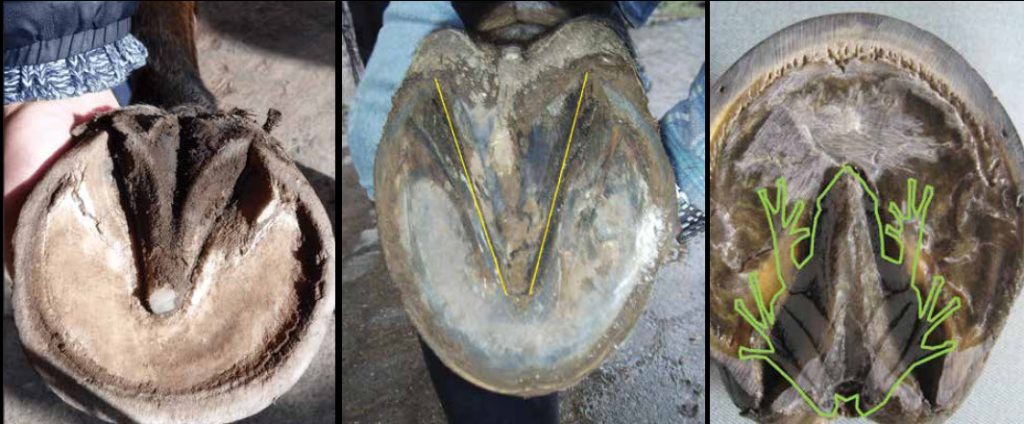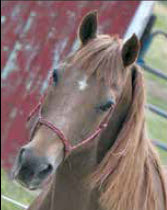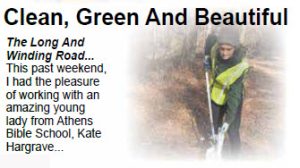My focus shifted from an amphibian to animal in a matter of weeks as calls came in. First take: this is hilarious. Second take: focus shift.
Enjoying a conversation on the phone from a friend who had called, she tells me about a freaky moment she had in her kitchen. She had cut back on her coffee drinking, but this day she decided to enjoy a cup. When she went to fill up her coffee unit with water, a frog jumped out at her, scaring the crap out of her. Now the search was on, looking for the frog! Apparently, from the Oklahoma heavy rains hitting their area, she had brought in some flower pots. Supposedly, the frog came inside with one of those plants. But it doesn’t end there.
A week goes by and she calls to tell me the exact same thing happened to one of her sisters who live in Minnesota! Sure enough, Sister Barb pulled out her coffee pot to add water for a cup and wouldn’t you know, a frog jumped out from behind the coffee unit sitting on the counter. Days after I had heard these stories, I was in the barn washing out one of our feeders and, brace yourself, a frog jumped at me from the west wall! After I screamed (from being startled), I started laughing. You just can’t make this stuff up! There were three women in three different states experiencing three distinct frogs; how funny! After hearing the frog story, another friend tells me about a woman she had met who adored frogs. In fact, this woman had a frog stamp created with which she stamped all her letters and cards to her family and friends. The acronym for frog on her stamp read “Fully Rely On God.”
 In studying ‘the frog,’ I became aware of the process of “transformation’ and “metamorphosis.” I singularly had associated this process with the four distinct stages of a butterfly: egg, larva (caterpillar), pupa (chrysalis), and adult. The frog also has 4 distinct stages in which it is transformed: egg, tadpole, froglet (pollywog), and adult. I found this transformation process quite interesting. Now let’s jump into the animal kingdom; specifically; the horse.
In studying ‘the frog,’ I became aware of the process of “transformation’ and “metamorphosis.” I singularly had associated this process with the four distinct stages of a butterfly: egg, larva (caterpillar), pupa (chrysalis), and adult. The frog also has 4 distinct stages in which it is transformed: egg, tadpole, froglet (pollywog), and adult. I found this transformation process quite interesting. Now let’s jump into the animal kingdom; specifically; the horse.
It’s called a frog. The frog is a part of a horse hoof. It’s located on the underside, its triangular (V-shaped), and extends midway from the heel to the toe. The frog covers around 25% of the bottom of the hoof. Its rubbery purpose is to help the horse with shock absorption, blood circulation, and traction. The frog acts as a cushion. It absorbs impact when the hoof hits the ground, while protecting the bones and joints. Every time a horse steps down, pressure is dispersed by the frog. The frog also acts as a pump to help with blood flow within the hoof and up the leg. The frog also helps with traction on slippery surfaces.
Hooves are made of keratin, like your fingernails. The hoof growth rate is about ¼ of an inch per month. An adult horse grows a NEW hoof in about a year. New growth starts at the top where the hoof meets the hairline, which is called the coronary band. The hoof may seem hard and rigid, but in reality, horses’ hooves are flexible. Movement, environmental temperatures, and the weight of the horse on a leg
cause hooves to contract or expand. What a combo, a flexible hoof and an amazing shock absorber — the frog. Note to self: horses shed frogs all the time. It can happen when it’s been wet for a long time. No need to worry if it comes off. The new frog may be tender and soft.
The next time you pick up a hoof and see a frog, I hope you remember “Fully Rely On God.”
By: Deb Kitchenmaster







